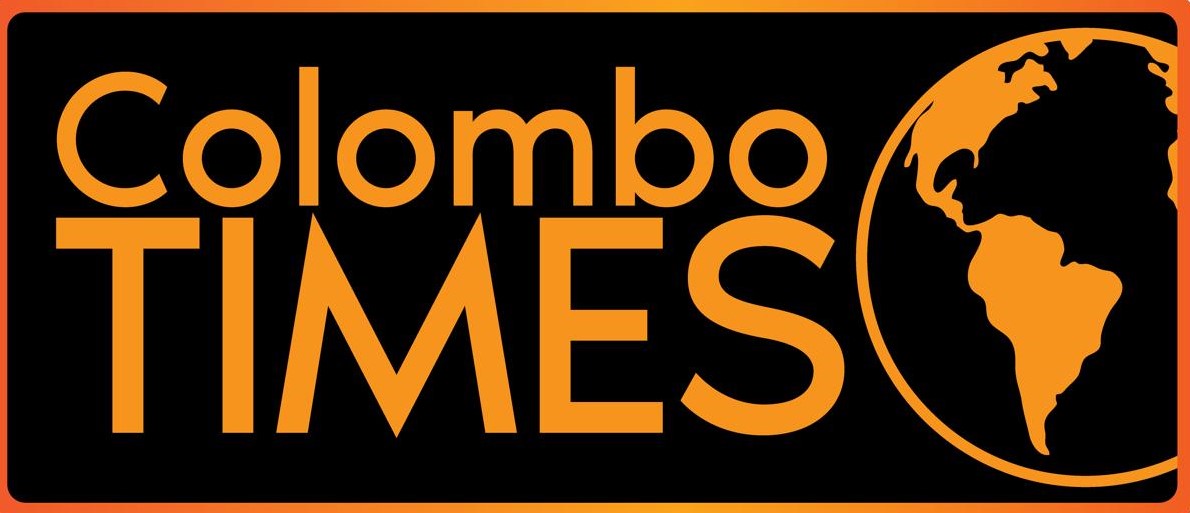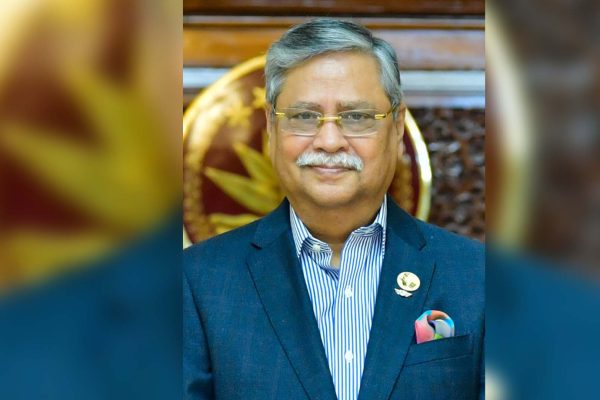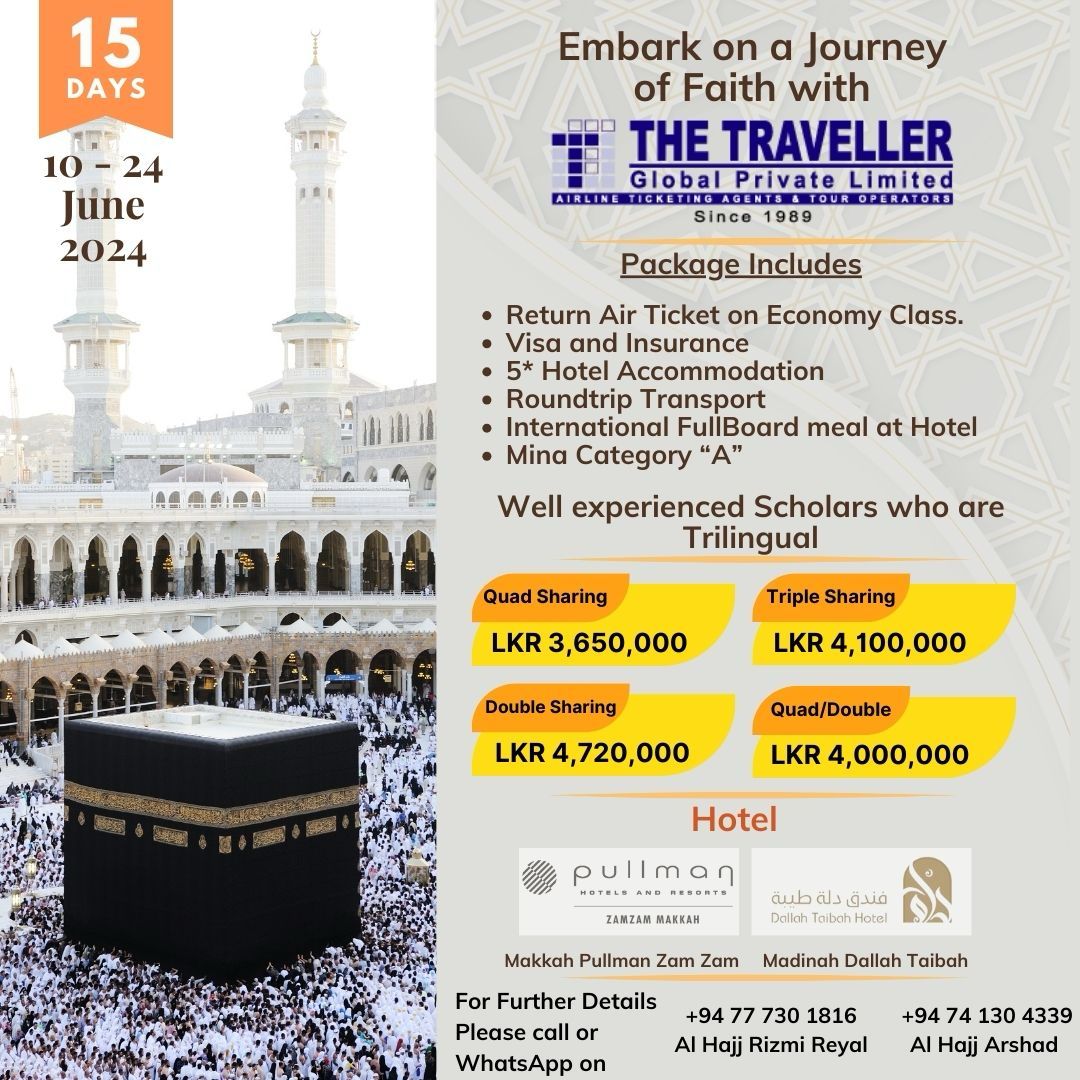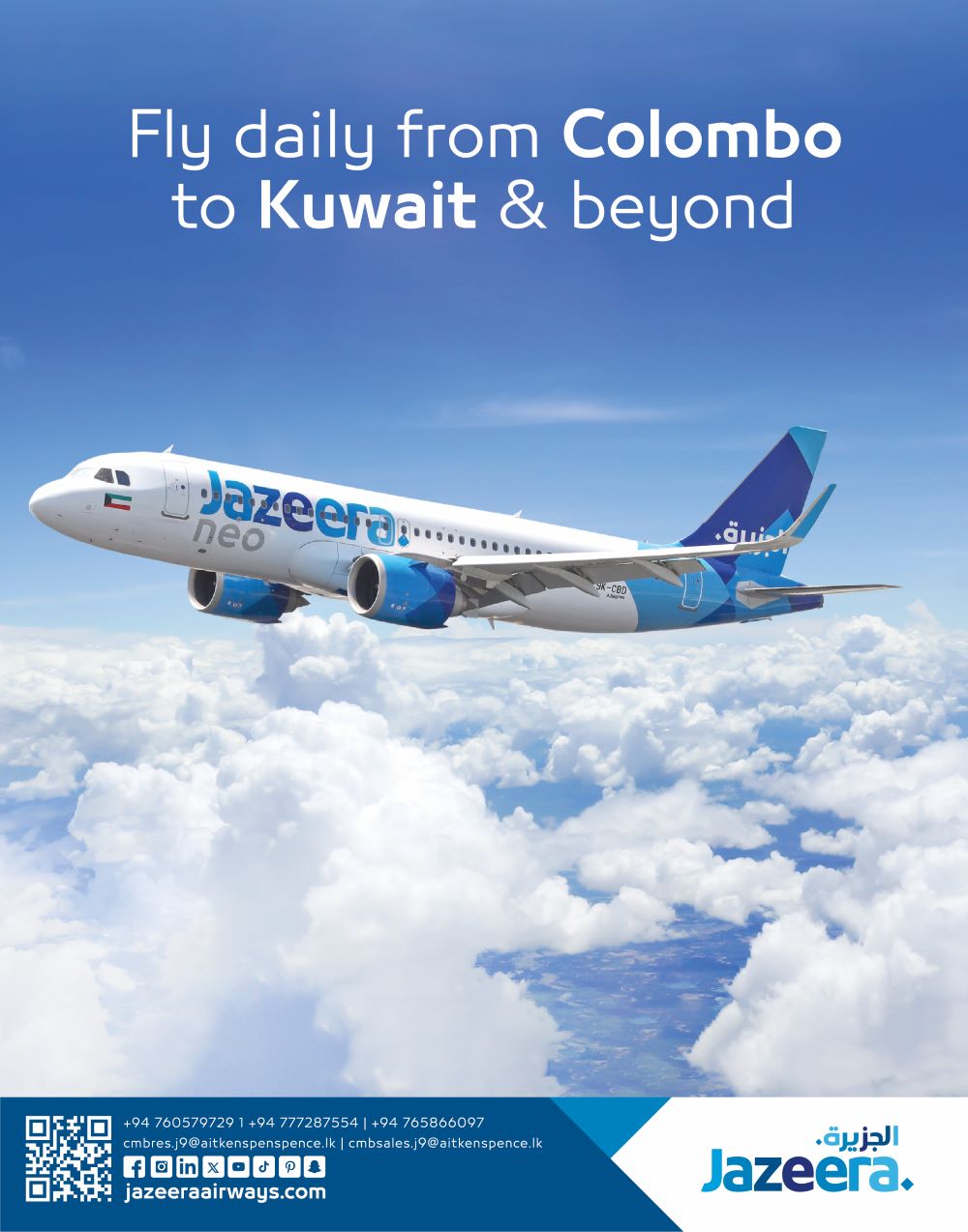Natonal Slogan: Independence, Freedom, Islamic Republic
Capital: Tehran
Area: 1,648,196 sq km
Language: Persian (Persian dialects, Azeri, Kurdish, Lori, Baloochi, Arabic)
Religion: Islam
Leader: Great Ayatollah Sayyed Ali Khamenei
President: Ayatollah Raisi
National Day: 11th of February (Islamic Revolution of Iran-1979)
Population: 89,551,881
Climate: Mostly arid or semi-arid, temperate along the Caspian coast and mountainous temperate along the west and north-west.
Currency unit: Iranian Rial
Internet Domain: ir
International Tel code: 0098
Exports: oil, carpet, fruits, dry fruits (pistachios, raisins, and dates), leather, caviar, petrochemical products, apparels and dresses, foodstuffs.
Imports: machineries, industrial metals, chemical derivatives.
Industries: oil, petrochemical, textile, cement and other materials for building construction, food derivatives (especially refining sugar and extracting edible oil),
Agriculture: wheat, rice, grains, fruits, oily seeds such as pistachios, almond, walnut, and cotton.
Transportation: 7286 kilometers of railways and 158000 kilometers of roads.
Pipelines: oil derivatives 3900 kilometer, natural gas 4550 kilometer.
Ports: Abadan, Ahwaz, Shahid Beheshti port, Abbas port, Anzali port, Bushehr port, Imam Khomeini port, Mahshahr port, Turkman port, Khoramshahr, Noshahr.
Iran is a county in southwest Asian, country of mountains and deserts. Eastern Iran is dominated by a high plateau, with large salt flats and vast sand deserts. The plateau is surrounded by even higher mountains, including the Zagros to the west and the Elburz to the north. Its neighbors are Turkmenistan, Azerbaijan and Armenia on the north, Afghanistan and Pakistan on the east and Turkey and Iraq on the west. Tehran is the capital, the country’s largest city and the political, cultural, commercial and industrial center of the nation. Iran holds an important position in international energy security and world economy as a result of its large reserves of petroleum and natural gas.
Climate
The eastern and central basins are arid, with less than 200 mm (7.9 in) of rain, and have occasional deserts. Average summer temperatures exceed 38 °C (100.4 °F). The coastal plains of the Persian Gulfg and Gulf of Oman in southern Iran have mild winters, and very humid and hot summers. The annual precipitation ranges from 135 to 355 mm (5.3 to 14.0 in).
History
Recent archaeological studies indicate that as early as 10,000 BC, people lived on the southern shores of the Caspian, one of the few regions of the world which according to scientists escaped the Ice Age. They were probably the first men in the history of mankind to engage in agriculture and animal husbandry.
Language and literature
Official language of Iran is Persian. Persian serves as a lingua franca in Iran and most publications and broadcastings are in this language.
Next to Persian, there are many publications and broadcastings in other relatively popular languages of Iran such as Azeri, Kurdish and even in less popular ones such as Arabic and Armenian. Many languages originated in Iran, but Persian is the most used language. Persian belongs to Iranian branch of the Indo-European family of languages. The oldest records in Old Persian date to the Achaemenid Empire, and examples of Old Persian have been found in present-day Iran, Iraq, Turkey and Egypt. Persian is spoken today primarily in Iran, Afghanistan and Tajikistan, but was historically a more widely understood language in an area ranging from the Middle East to India, significant populations of speakers in other Persian Gulf countries, as well as large communities around the World. The name of the modern Persian language is sometimes mentioned as Farsi in English texts.
Tourism Attraction
There is a Persian saying which goes: “A guest is loved by God” and this is a true belief, widely reflected in Persian culture. As a tourist, you will sense the kindness and affection of Iranian people toward foreigners whom they consider as “dear guests”. Iranians love to receive you warmly in their country.
Whether you want to travel to Iran cheaply or lavishly, there will be limitless options for you. You can either accommodate in a 300-year-old luxurious palace and feel like an ancient Persian king or queen or you can try backpacking and hitchhiking to travel on a budget. In both cases, you will spend a lesser amount of money in comparison to other similar destinations.
You can experience all four seasons in a single trip
In a geographically diverse, vast land like Iran, you will have the chance to experience different climates within just a few hours. It sounds amazing that you can enjoy skiing on the slopes of the Alborz mountains in the northern parts of the country and lie on the warm, sunny beaches of the Persian Gulf on the very same day by taking a short, domestic flight. Few countries offer such a diverse climate to tourists, so you’d better grab the chance to experience different climates in Iran’s forests, deserts, mountains, and beaches in just a single trip.
You will travel back in time by exploring Iran’s rich history and background
The name of Iran has always been intertwined with a very ancient history. It brings to mind many historical sites, myths, and legends that can excite any traveler. From the magnificent Persepolis- which even today, its ruins demonstrate the glory of this magnificent city- to some of the oldest human settlements in the world, all Iranian monuments and sites will bring you a sense of awe and admiration toward this ancient civilization. So, if you are interested in history and culture, visiting Iran with twenty-one UNESCO world heritage sites is a must!
Iranian dishes will reveal to you the pleasures of Persian cuisine!
They say you can add an extra day to your life trying new food. When it comes to Persian cuisine, I completely agree with that! There are so many diverse flavors and tastes you can try in Iran and each one of them is unique in their way. Besides, Iran is a heaven for sweet lovers, for almost any city in the country produces its special type of sweets and pastries. So, be ready to gain some weight while in Iran, as it is hard to say no to all these delicious options!
Iran is a very safe destination for tourists
Unlike what the media is trying to portray, Iran is among the safest countries for travelers and it is not just an empty claim. Almost any tourist who travels to Iran is astonished by the contradiction that exists between the real Iran and the image of this country in the mass media. I have heard from many foreigners that Iran is one of the safest countries they have ever traveled to. Once you are here, you will admit it yourself.
Navigating Transport in Iran is easy and cheap
Iran has a fairly well-developed transportation system and if you intend to visit several cities in this country, you can easily do it. As well as the paved road system which links most of Iran’s towns and all of its cities, you can also travel by train or plane. Buses are clean and spacious but if you are limited on time, planes and trains in Iran are fast and economical alternatives. Although there are different classes at different prices, transport in Iran is generally inexpensive and lets you plan your trip easily and effectively.
The diversity of touristic resources in Iran is unbelievable!
For almost all types of travelers, Iran has something to offer. If you are interested in culture, for instance, Iran will be your heaven. You will have the chance to meet several ethnic groups from Kurds and Azaris to Lurs and Balochs and learn about their authentic customs. If you are into art, then the amazing architecture of Iran’s monuments, the unbelievable collections of its capital’s museums, and the music and cinema will satisfy you. For nature lovers, mountain climbers, and hikers, Iran has some of the most breathtaking natural attractions. If you are a photographer, I assure you that you are going to take some of your most unique photos in Iran!
Romantic Persian gardens and ancient cities of Iran resemble legendary tales
If you walk into one of the largest cities of the world built almost entirely out of adobe, or chill out for a few hours in a dreamy Persian garden, you may feel that you are a part of a very old legend. Although modernity is transforming the appearance of different cities in Iran, there are still cities and places that have preserved their authenticity and unique style. They freeze time with their architecture and atmosphere. So, you can forget about the fast-paced life of cosmopolitan cities and immerse yourself in a different rhythm of life, as if you are a personage in a very ancient tale!
Iran is like nowhere else and you better discover it yourself!
Iran is different from other countries in the Middle East and although you may have many ideas about this country, the fact is that you will never know until you see it for yourself. This is especially true for Iran as a country that needs more honest and unbiased opinions of real human experience. Once you are here, you will realize that what you have observed is far from what you previously had in mind. Maybe that’s why they say traveling makes you a more open-minded person. After all, isn’t that what traveling and exploring is all about?
Iranian Calendar
Iranian official calendar is regulated according to Solar year & Iranian months.21 March, equal to 1 Farvardin, is the beginning of the Iranian New Year. Also in Iran, the Lunar calendar was announced officially. The lunar year is 10 days less than the Solar year, so days of performing religious rites, adjust according to the Lunar calendar, each year is different from the next & former years. Therefore it is recommended tourists that arrange their proper traveling time with related agencies. Especially in Ramadan month when Muslim Iranians, are fasting and in Muharram are mournful, these situations influence daily and current activities and some days in these two months are public holidays. Friday is an official holiday.
Culture
Iranian culture has long been a predominant culture of the Middle East and Central Asia, with Persian considered the language of intellectuals during much of the 2nd millennium, and the language of religion and the populace before that. The Sassanid influence carried forward to the Islamic world. Much of what later became known as Islamic learning, such as philology, literature, jurisprudence, philosophy, medicine, architecture and the sciences were based on some of the practices taken from the Sassanid Persians to the broader Muslim world.












